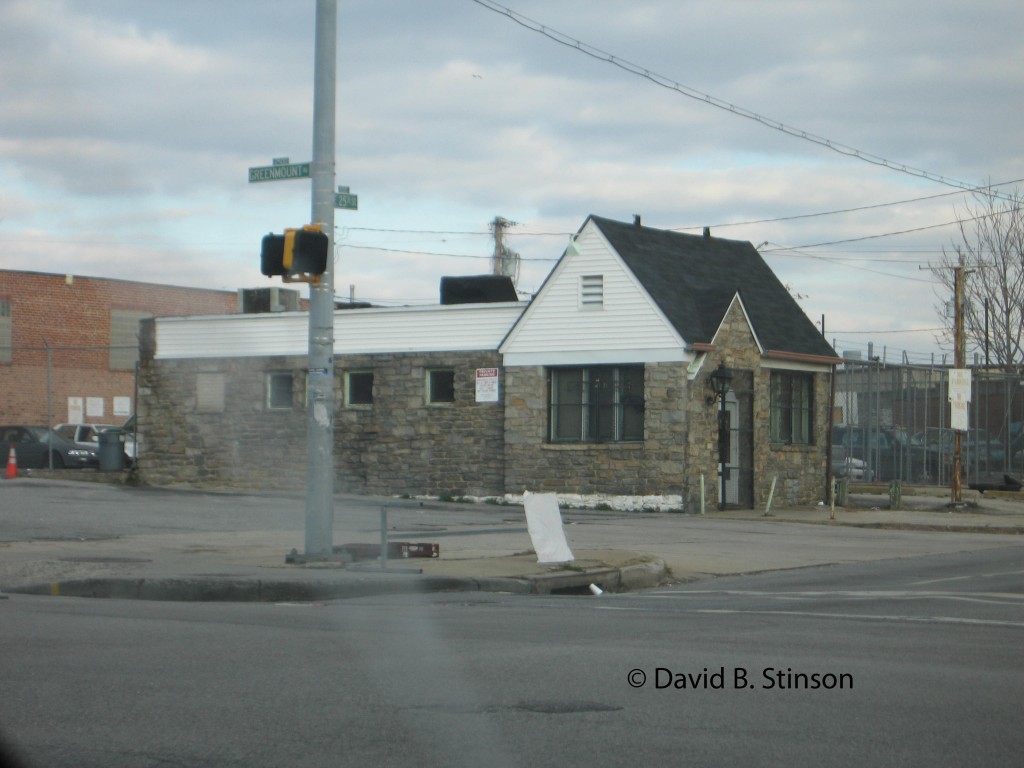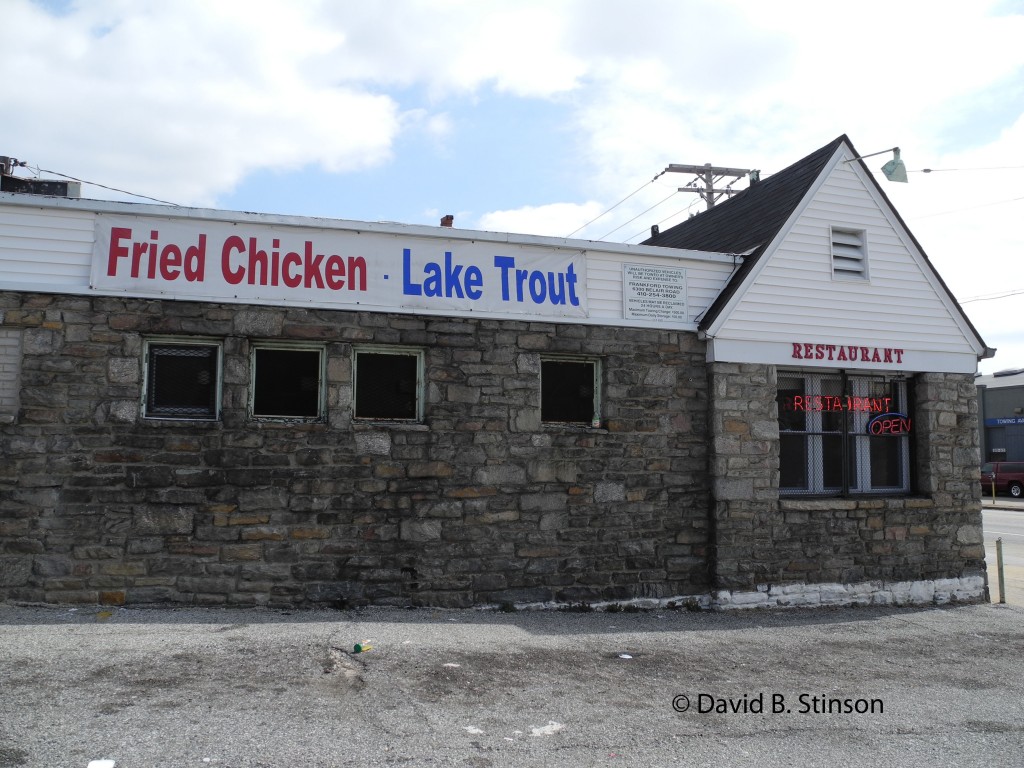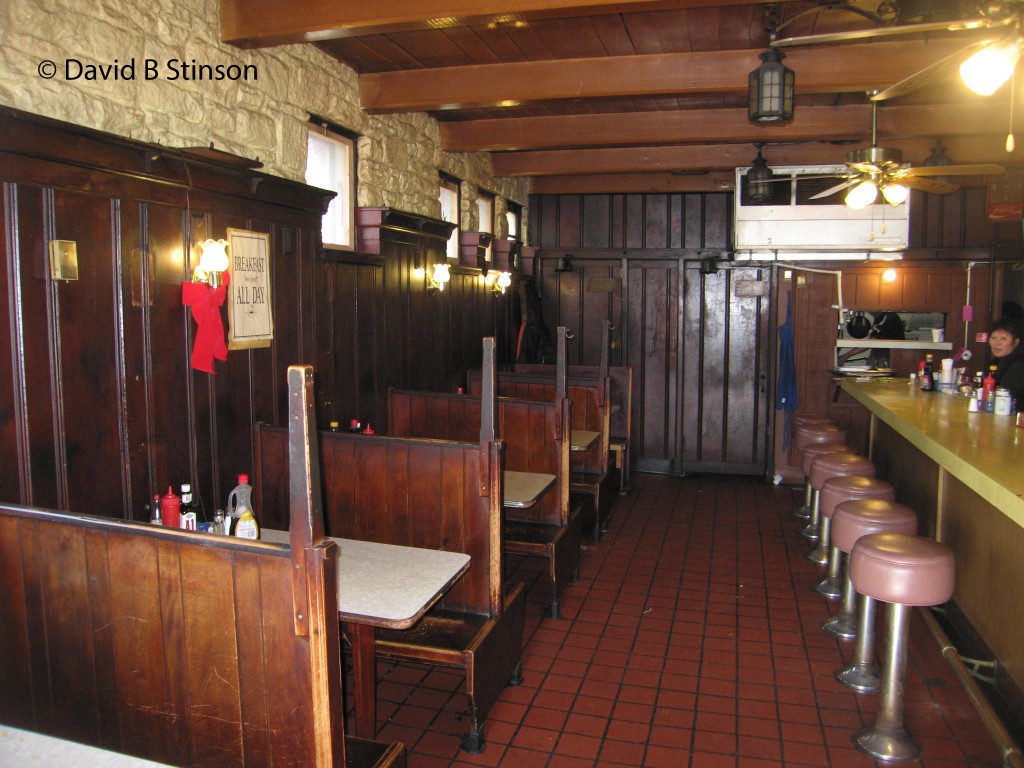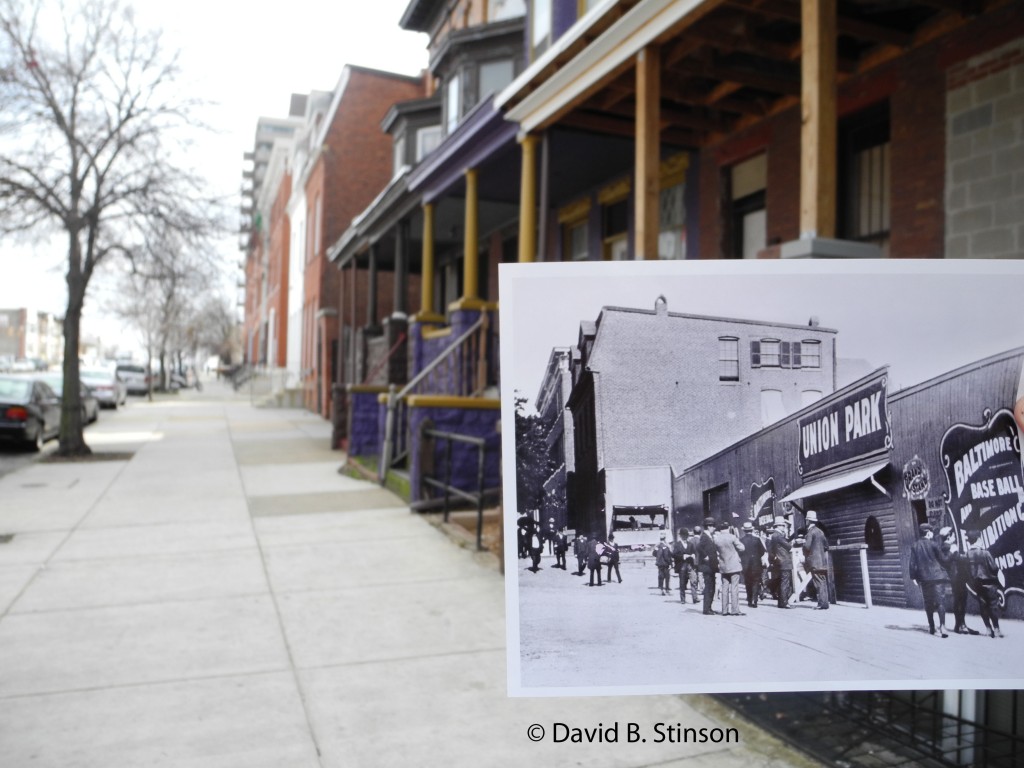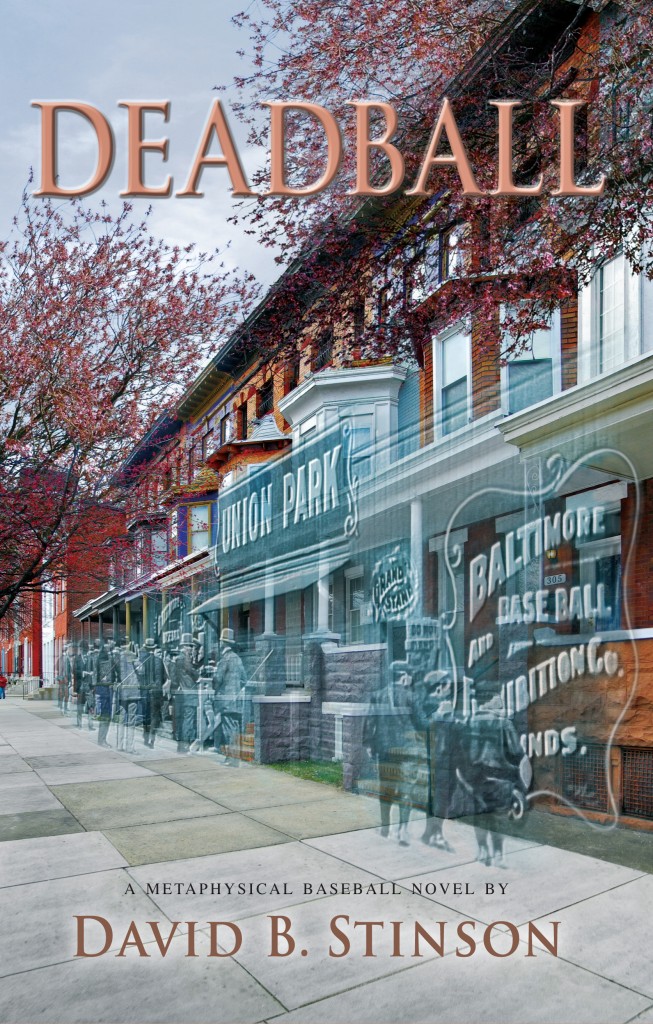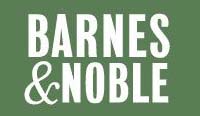Part of my writing process for developing the story line in Deadball involved several trips to Baltimore, seeking inspiration. On my first trip I discovered the Stone Tavern Restaurant, located two blocks east of the former site of Union Park at the corner of East 25th Street and Greenmount Avenue in the Harwood section of Baltimore.
Given its close proximity to Union Park and what I believed was its former life as a Little Tavern shop, the Stone Tavern Restaurant was a perfect time piece to include in the book.
According to Dinerhunter.com, the Stone Tavern was once Little Tavern Baltimore No. 4. It opened in 1931 and promptly closed a year later.
In Chapter Two of Deadball, Byron Bennett stops by the Stone Tavern for a cup of coffee after having visited the former site of Union Park. Once inside he meets Mac, a kindred spirit who, like Byron, believes he can see the past.
In Deadball, I exercise creative license and describe the Stone Tavern as being covered in Formstone, “that plaster-based, counterfeit rock unique to East Coast cities like Baltimore and Philadelphia.” As is apparent from the photograph below, the Stone Tavern’s facade is, well, real stone.
The Stone Tavern Restaurant is open for breakfast and lunch. From experience, I can tell you it’s the kind of place you’ll want to wash your hands before and after you eat. Although the restaurant no longer offers “Buy ’em by the bag” hamburgers, I highly recommend the tuna salad on rye. So on your next visit to Union Park, be sure to stop by the Stone Tavern. You never know who you might meet there.

